Published the Sep 16, 2019
Why is API key to your business?
software developers know what is API. here we will explain the benefits that make it a key solution for any type of business.
What is an API?
This term is widely used by software developers. The API is the acronym for ‘Application Programming Interface,’ which is a software intermediary that allows two applications to talk to each other. For instance, each time you use an app like Facebook, also send an instant message or check the weather on your phone, you’re using it.

Think of an API library like a menu in a restaurant, and this menu provides a list of dishes you can order, along with a description of each dish. When you specify what menu items you want, the restaurant’s kitchen does the work and provides you with the dishes. In the same fashion, you don’t know exactly how the restaurant prepares the food, and you don’t really need to.
Similarly, Application Programming Interface lists a bunch of operations that software developers can use, along with a description of what they do. In this case, the developer doesn’t necessarily need to know how, This allows developers to save time by taking advantage of a platform’s implementation to do the nitty-gritty work. This helps reduce the number of code software developers need to create, and also helps create more consistency across apps for the same platform. APIs can control access to hardware and software resources.
Another example is buying movie tickets online. You go to the movie site, you enter your movie, name, and credit card information, and lo and behold, you print out your tickets. But what’s going on between entering your information to receiving your ticket? APIs, that’s what!
They are collaborating behind the scenes with other applications. How is this possible you ask? We call this type of integration “seamless” because you never have a clue when a software role is moving from one application to another.
Types of API
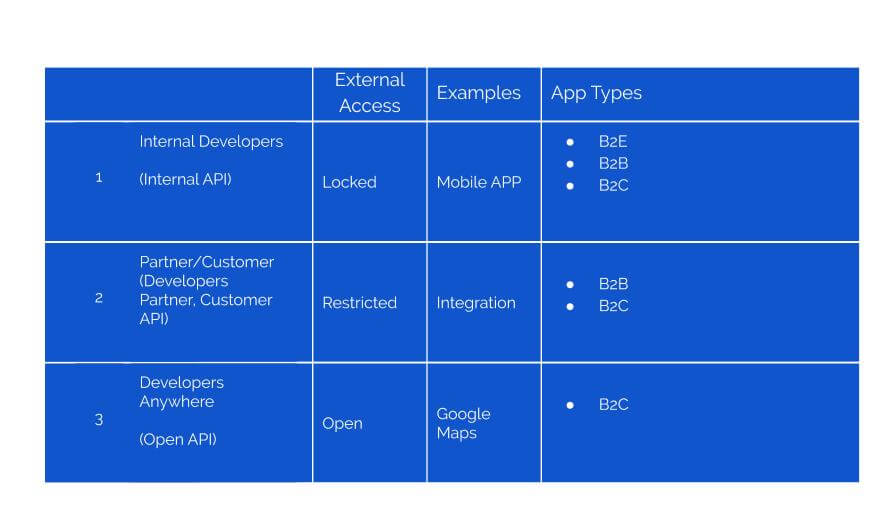
Beyond the difference between an internal, partner and open APIs, there is another approach to categorize APIs:

Why you should use API’s?
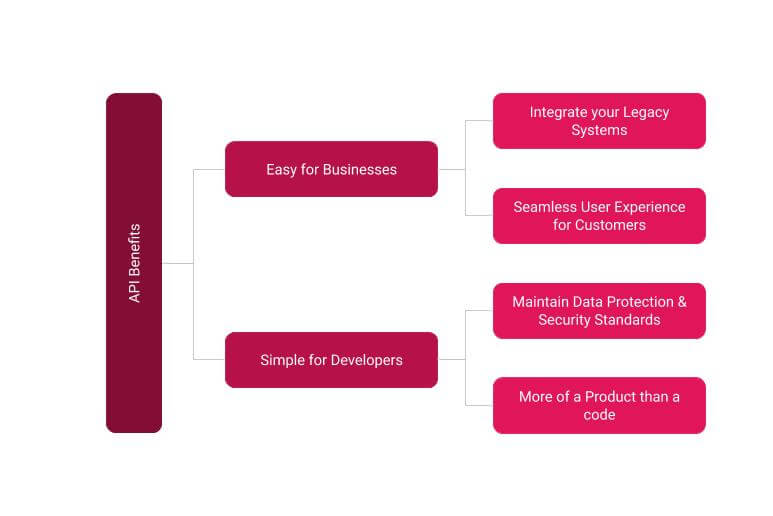
APIs Makes Life Easier for Businesses:
Integrate with Legacy Systems: You may have existing legacy systems that are deeply embedded into your enterprise that you have already spent a lot of money, time, and effort on. By making your legacy systems API-accessible, you can leverage their capabilities and use them for your new solutions. Moreover, APIs allow you to hide the complexities of a legacy system and simply expose its functionality to external and internal stakeholders. On the positive side, instead of using apps in a silo, you have one complete system in complete sync.
Seamless User Experience: You can use APIs to make your services easily accessible on channels that your customers regularly interact with, including Facebook, Twitter, Instagram, chatbots, virtual reality or anything with an interface. Not only that, an API management solution will make your APIs highly visible and consumable and allow your customers to access your services anywhere and at any time. You should even allow external developers to access your APIs, and that to ensure collaboration that contributes to the growth of your API and makes sure that the needs of the users are quickly met.
APIs Make Life Simpler for Software Developers:
Maintain Data Protection & Standards: Modern APIs adhere to standards (typically HTTP and REST), that are developer-friendly, easily accessible, and understood broadly. Because APIs are much more standardized, they have a much stronger discipline for security and governance, as well as monitored and managed for performance and scale which helps to protect your brand from security threats.
Let’s say you want to develop an app for an iPhone. Apple’s iOS operating system provides a large number of APIs—as every other operating system does—to make this easier on you. This applies to every platform. For example, do you want to create a dialog box on Windows? There’s an API for that. Want to support fingerprint authentication on Android? There’s an API for that, too, so you don’t have to test every different Android manufacturer’s fingerprint sensor. Developers don’t have to reinvent the wheel over and over.
APIs are more like a product than code: They are designed for consumption for specific audiences (e.g., mobile developers), they are documented, and they are versioned in a way that users can have certain expectations of its maintenance and lifecycle. Like with any other piece of productized software, the modern API has its own software development lifecycle (SDLC) of designing, testing, building, managing, and versioning. Also, modern APIs are well documented for consumption and versioning.
To summarize, when a company offers an API to their customers, it just means that they’ve built a set of dedicated URLs that return pure data responses — meaning the responses won’t contain the kind of presentational overhead that you would expect in a graphical user interface like a website.
API BUSINESS CASES
SIVVI.COM & ZIWO
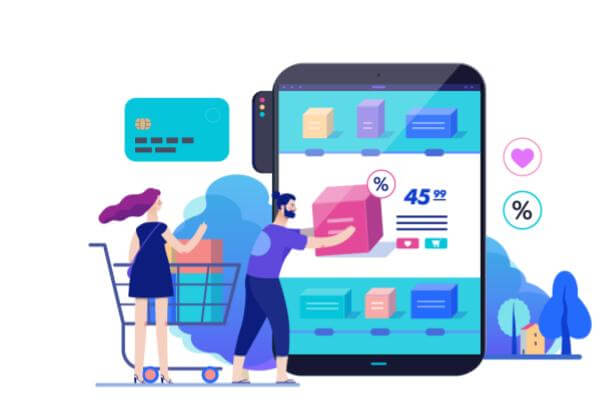
Challenge: Being active in 6 countries where cash on delivery payments are common, it was essential to develop a smooth process of order confirmation, by phone, to limit product returns fees. A dedicated team would be sent abroad to place those calls, raising several questions such as:
-How to set up a telephony solution w/o hardware expenses or maintenance?
-How could their back-end system interact with CTI software?
-Could it be possible for agents to avoid using separate systems?
-How would a SIVVI supervisor be able to monitor this service remotely?
Solution:
Keeping complex systems as transparent for the user as possible, Ziwo API library offers an efficient answer to keep all interactions under one system and provide smooth workflow-for agents with functions like Auto login, Click-to-call, Embedded Web dialer, Call reports
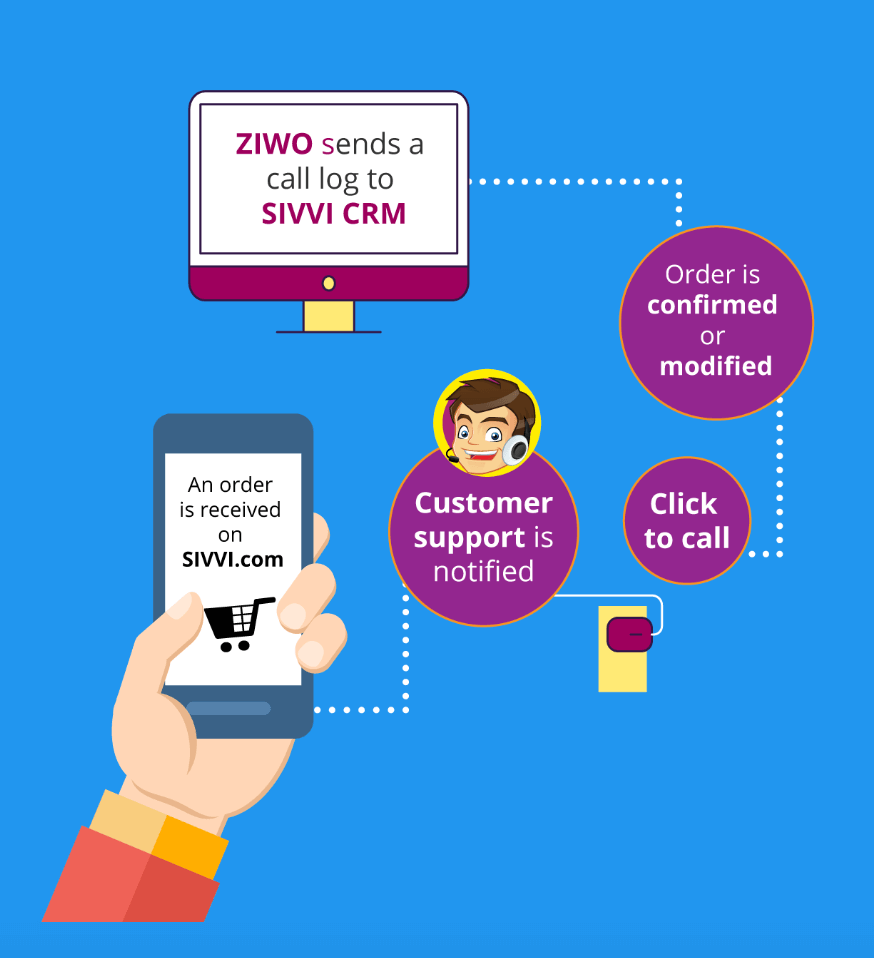
Benefits: With ZIWO, SIVVI executives can monitor live activity, and statistics and take action on their contact center call flow from any location via a web browser. At the same time, there’s no need for expensive hardware and no maintenance team. With Ziwo, SIVVI is sure to have the right tools to scale up its operations, adding new contact centers where they require it and designing innovative services to ensure great customer service.
POLICYBEE & ZIWO
About: PolicyBee is an insurance client offering multiple life, health, and career-related policies for clients in the MENA region. With this in mind, more than 1500 field sales agents in the Middle East and Africa region (18 countries) visit individuals, private businesses, clinics & hospitals every day to promote their insurance policies.
Opportunity: Every policy has a limited expiration time between 1-5 years after which clients needs to renew to remain.
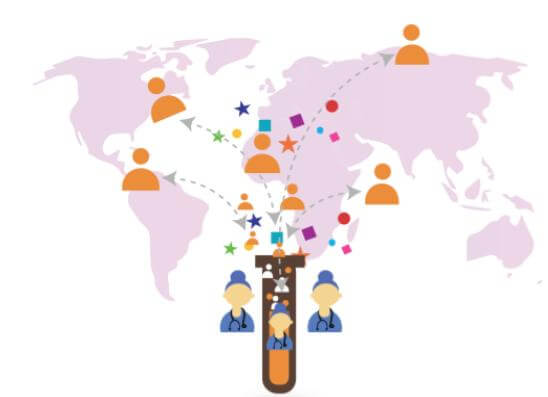
Implementation: Agent gets a popup whenever the expiry date of an existing policyholder is approaching via setting up the corresponding ziwo API module, henceforth it can set up automatic callbacks through ziwo outbound campaign module.
Real-time KPI monitoring and direct integration with the CRM system make this process run seamlessly. Certainly, with on-the-go Mobile App supervisors can keep a constant watch on the progress of the campaign. Not only that, they can also attend to calls or inquiries which require immediate assistance.

API Jargon:
- Server: The server is software or hardware that provides a service by responding to requests across a network.
- Web Service: Web Service describes an API that is accessible over the internet through HTTP.
- API Key: An authorization code passed into an API request via a header or parameter to identify the requester.
- Authentication: Identifying the user of the API. Common techniques for authentication include API Keys and OAuth.
- Parameter: A parameter is an argument sent to the API which helps define the request and expected response.
- Proxy: An intermediary for requests from clients and servers providing resources.
- SSL: A cryptographic protocol that secures traffic on the internet.
- GitHub: GitHub is a development platform inspired by collaboration. From open source to business, you can host and review code, manage projects, and build software alongside 36 million developers.
References:
- https://www.howtogeek.com/343877/what-is-an-api/
- https://www.freecodecamp.org/news/what-is-an-api-in-english-please-b880a3214a82/
- https://www.mulesoft.com/resources/api/what-is-an-api
- https://apifriends.com/api-management/what-is-an-api/
- https://www.ibm.com/downloads/cas/GJ5QVQ7X
- https://www.theguardian.com/media/pda/2007/dec/14/thenutshellabeginnersguide
- https://dev.to/ana/it-integration-and-apis-for-dummies-any-suggestions
- https://www.mediawiki.org/wiki/API:Main_page
Related Topics By ZIWO:
>
>
10 Key Factors to Consider When Choosing Contact Center Software
>
Readings
Latest News
Interviews, tips, guides, industry best practices, and news.
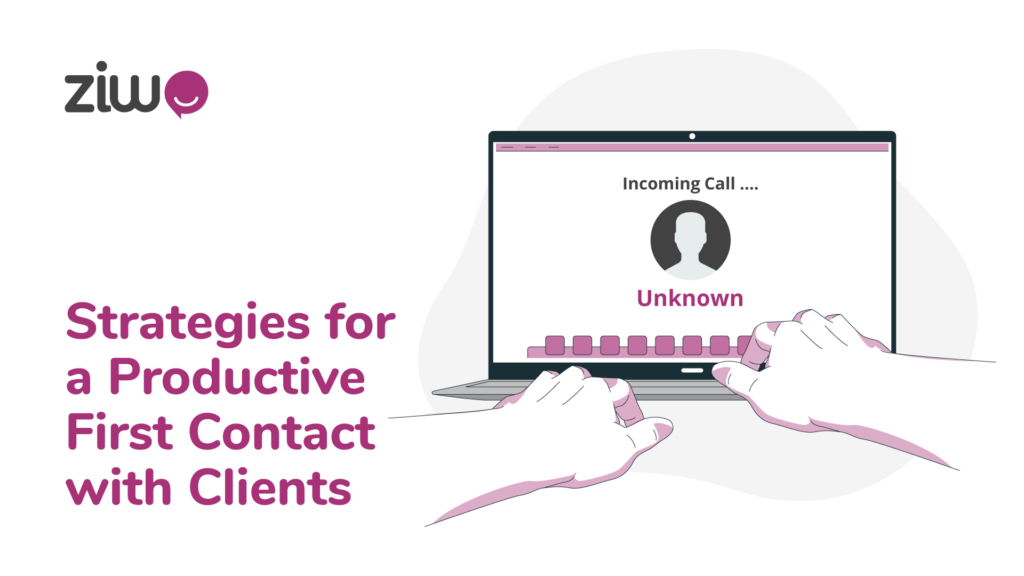
Strategies for a Productive First Contact with Clients
Take time to focus on the First Contact with Clients, so you can adjust the customer experience (CX) strategy to provide the best service.
Read post
The Power of WhatsApp Business with ZIWO Conversations
ZIWO Conversations is recognized as the premier WhatsApp Business Companion, elevating both customer experiences and team collaboration to a higher standard.
Read post
Pause and Resume Call Recording – Benefits & Industries
agents can manually pause and resume call recordings, Once an administrator has enabled the feature, agents will see a button on the dialpad
Read post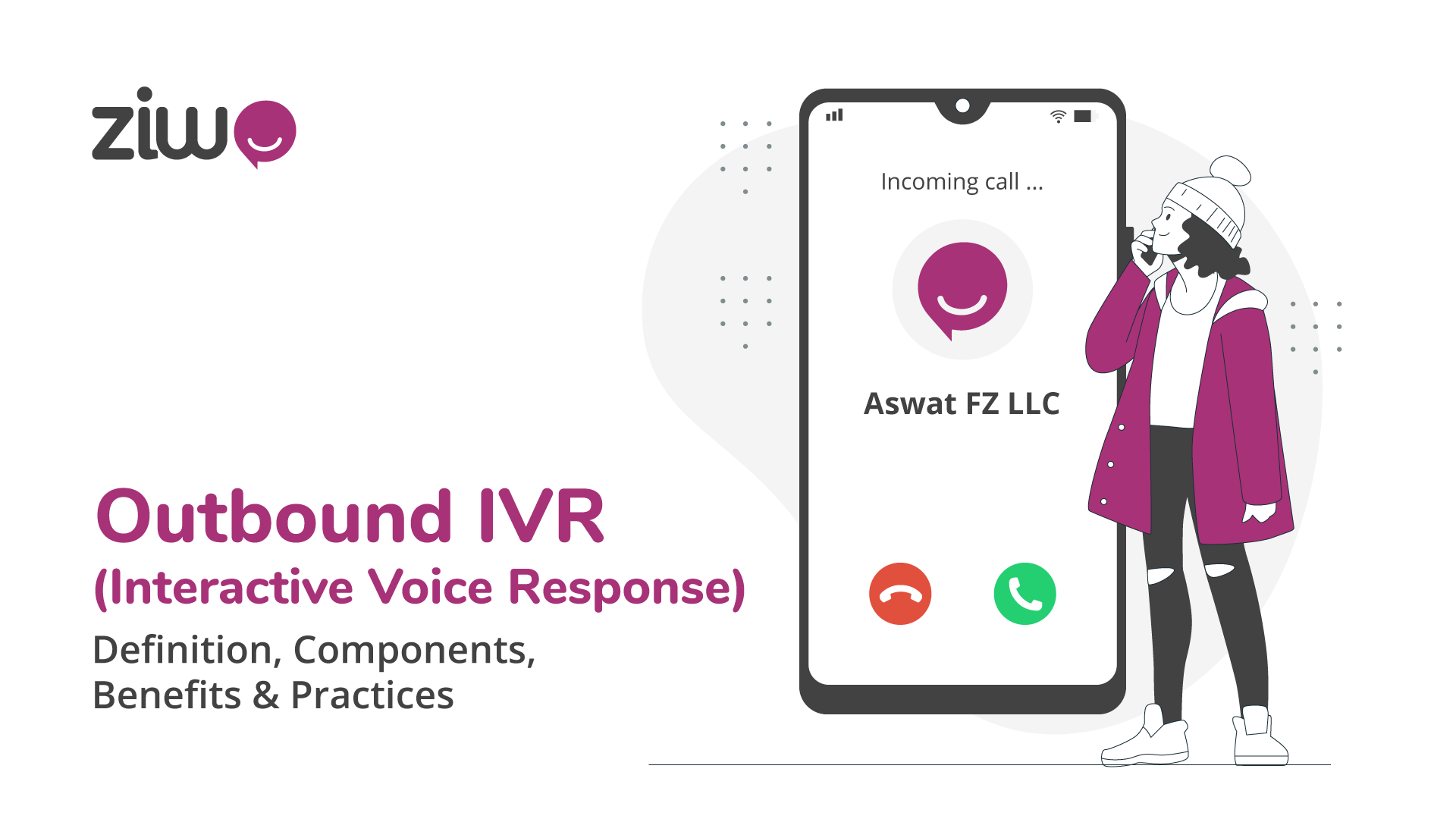
Outbound IVR (Interactive Voice Response) – Definition, Components, Benefits & Practices
Outbound IVR feature is a contact center tool that is used to proactively distribute communications to customers with a predefined IVR menu.
Read post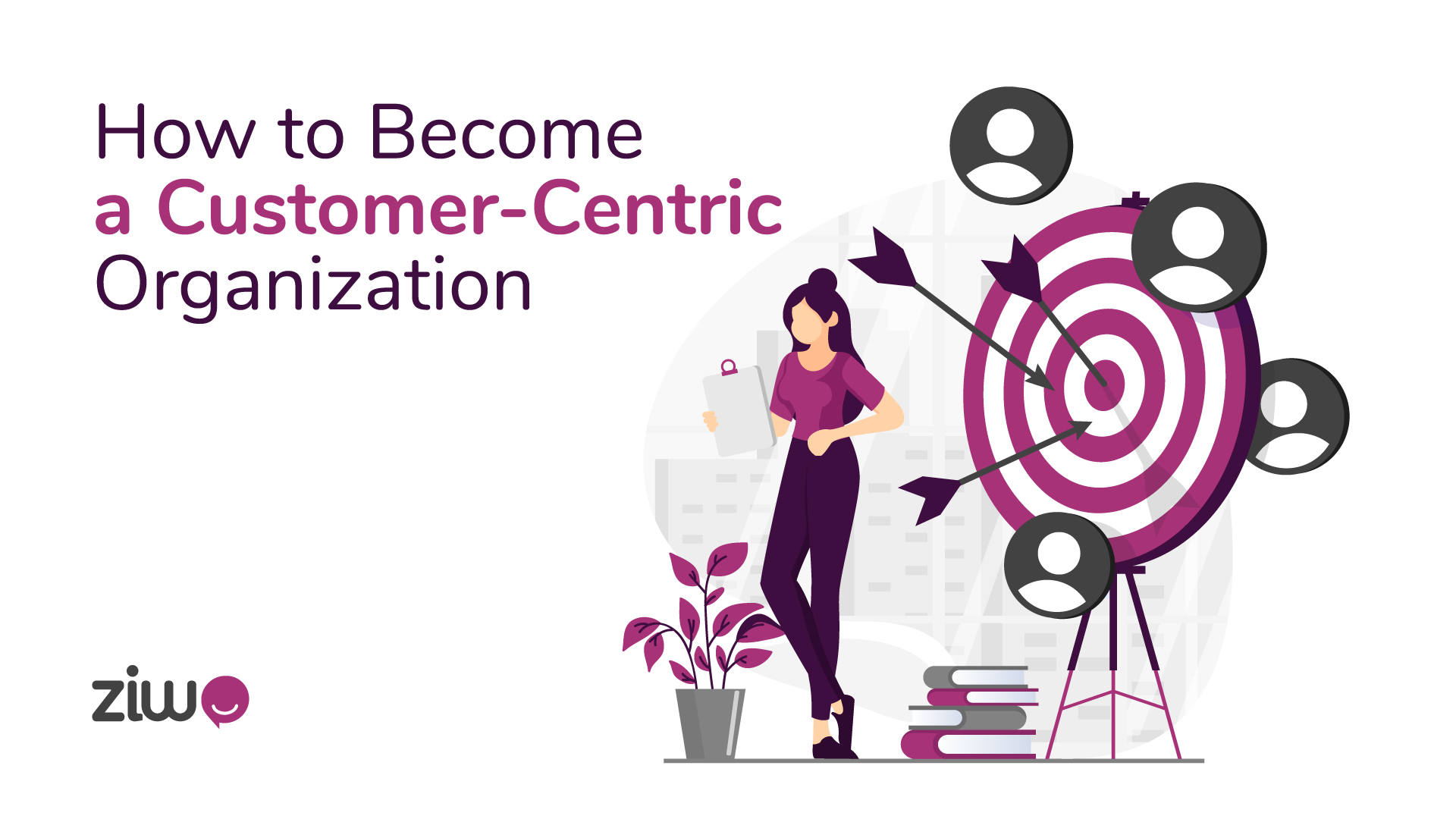
How to Become a Customer-Centric Organization
Ways to Build a customer-centric culture in your company, customer-centricity needs to be part of your philosophy, values, and mission daily.
Read post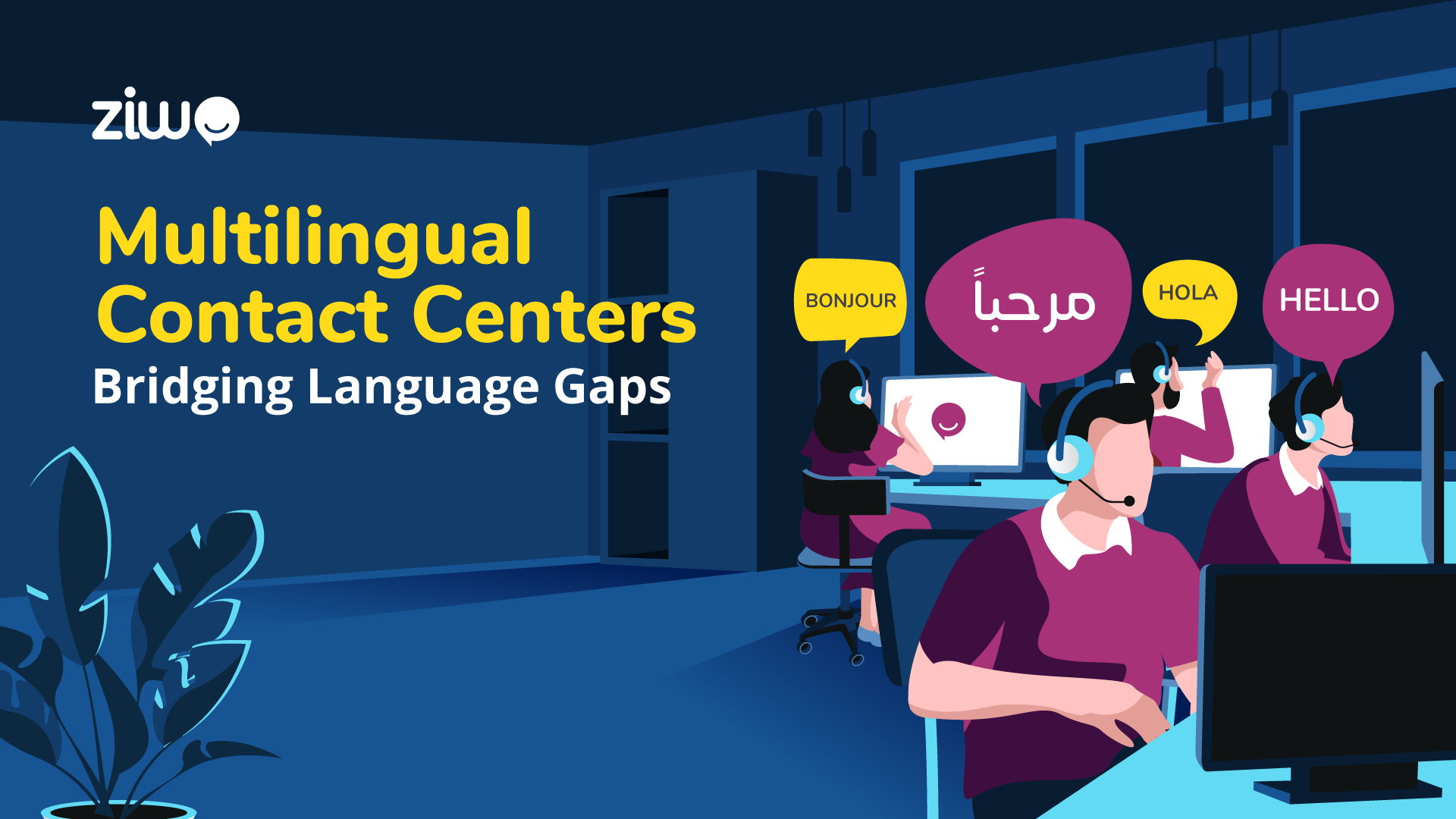
Multilingual Contact Centers: Bridging Language Gaps
Discover how multilingual contact centers overcome language barriers to deliver outstanding assistance, thereby elevating customer experience
Read post



